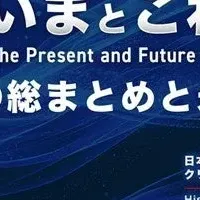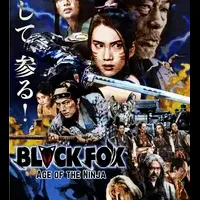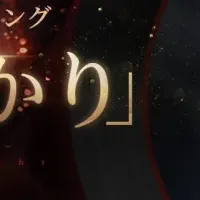
Exploring Ancient Greek and Roman Sculptural Arts in Shanxi Museum
Celebrating Classical Sculpture in Shanxi
The rich tradition of sculptural arts from ancient Greece and Rome will soon captivate audiences in North China's Shanxi province. Titled "Classical and Glory", this exhibition, set to commence in early January at the Shanxi Museum in Taiyuan, marks a significant cultural event that bridges civilizations through art.
A Journey Through Time
The exhibition is not merely a showcase of artistic masterpieces; it represents a dialogue between the cultures of ancient Greece, ancient Rome, and China. Shanxi province, known as one of the birthplaces of Chinese civilization, offers a fitting backdrop for such a significant exhibition. Archaeological finds, such as those from the Taosi site in Xiangfen County, remind us of Shanxi’s historical importance dating back approximately 3,000 years, paralleling the height of Greek city-states around the same era.
The exhibition features 134 sculptures organized into five thematic sections: "Gods of the Olympus," "Blessing from Gods," "The Grandeur of Augustan Arts," "Garden of Rome," and "External Vitality." These segments guide visitors through the evolution of sculptural arts and reveal how the grandeur of the Greeks and Romans has echoed through time.
Section Highlights
- - Gods of the Olympus: This area showcases sculptures from the Classical Period (480-325 BC), emphasizing harmony and idealism. Accompanying artifacts, like attic-style pottery, bring further context to the era's artistic standards.
- - Blessing from Gods: Focused on early Roman mythology, this segment illustrates the transitional styles that reflect a blend of solemnity and gentleness, showcasing a shift from Greek forms.
- - The Grandeur of Augustan Arts: Here, visitors will find busts that epitomize the realism of the Augustan period. These sculptures emphasize individual traits and are notable for their intricate facial expressions and lifelike qualities.
- - Garden of Rome: This section depicts the daily life of ancient Romans through sculptures and various artifacts, including glassware and mosaics.
- - External Vitality: Exploring themes of mortality, this final segment presents works related to funerary practices, highlighting the cultural reflections on life and death in Roman philosophy.
The Influence of Ancient Cultures
Ancient Greek and Roman sculptural arts are recognized not only for their beauty but also for their widespread influence across the globe, including in China's northern province of Shanxi. An expert at the Shanxi Museum pointed out the deep-rooted connections between these ancient cultures and China, especially through sites like the Yungang Grottoes. This monumental treasure of Buddhist art reflects the artistic integration of Greco-Persian and Buddhist styles and showcases how cultural exchanges have shaped artistic expressions across centuries.
Many features seen in Buddha statues from the Yungang Grottoes, such as curly hair and intricate clothing details, echo the stylistic nuances of the ancient West. These elements are a testament to the enduring legacy of sculptural arts that continue to inspire modern interpretations.
As we prepare to delve into the world of "Classical and Glory," this exhibition underscores the Shanxi Museum’s mission to promote cultural exchange and appreciation in the context of our contemporary world. This remarkable initiative will reunite the past with the present, allowing art enthusiasts and history lovers alike to engage with the foundational artistry that has shaped civilizations across the globe.
Topics Entertainment & Media)










【About Using Articles】
You can freely use the title and article content by linking to the page where the article is posted.
※ Images cannot be used.
【About Links】
Links are free to use.